Hello!
My name is Cassandra Calderon and I am pursuing a BA in Economics and a minor in Modern Languages (Spanish and French). I am a rising junior and have been granted an Urban Studies Fellowship for the summer. I am super excited for my summer project. But, before introducing my summer project, I would like to introduce myself.
I am originally from Mexico, but I have lived in Houston for the last 12 years. After finishing high school, I decided to defer my admission to Stanford and I became a Rotary Exchange Student to Rodez, France. I was hosted by four different host families and had a year of a lifetime. Ever since, my passion for traveling has grown. This past winter quarter I went to Santiago, Chile with the BOSP Program. I will be going to Moscow, Russia this fall quarter once again with the BOSP Program. I hope to continue traveling and learning new cultures and languages.
Besides traveling, I am passionate about community development, social service, and working with non-profits. Last summer, I also worked in Houston with a non-profit organization, which helped residents open individual development accounts (IDA’s). I enjoy staying close to home and my community and that is why I decided to execute my research here.
I have partnered with The Woodlands Area Economic Development Partnership (EDP) to carry out my research. The Woodlands Area EDP was established in 1997 and is a public/private partnership that serves as the lead economic development agency for the area. The Woodlands EDP directly shares my passion for discovering more ways in which the area could continue to develop economically and continue to grow and become more attractive not only for businesses, but also for local residents.
As a consequence, my research will focus on the extent to which economic development has improved the lives of the people living in the Woodlands, Texas and what changes, if any, would improve the impact of this societal development. Through surveys, collections of data, and research, a report will be created and provided to The Woodlands Area Economic Development Partnership that encourages using local resources in a way that enhances economic opportunities while improving social conditions.
Ok, so now that I have introduced myself and my project, I would like to share with you the wonderful experiences from my first week. I first came into the office on Monday, June 24th. I was warmly greeted by the four staff members that work here. They gave me a tour of the floor and introduced me to the members of the Chamber of Commerce, as their office is located right across ours. After dropping off my stuff at my new desk, we had a staff meeting where we discussed the goals of my project.
Later that evening, The Woodlands Area EDP had their “Rebranding Reveal Party” as the Partnership just went through a rebranding exercise where they changed their logo and have a new “look”. I got to meet several board members and partners of the EDP. (The photo shown below was taken at the Rebranding Reveal Party. The posters behind show the Partnership’s new business cards and folders. )
Throughout the week, I worked on finishing my surveys, as well as brainstorming ideas of ways to distribute the surveys, in order to get the highest response rate. I also accompanied Laura Lea, the vice president of Business Retention and Expansion, to meetings with two different partner members. I learned a lot about business retention and expansion. Besides my research project, I am helping update the Partnership’s database with all the information gathered from the surrounding businesses.
This morning, I got to attend the monthly Board Meeting. I even got to speak and introduce my project in front of about 40 partner members. Everyone was super helpful and offered to send out copies of my surveys to their employees/employers and post my project on the neighborhood website.
As you can see, my first week was a success. Next week, I am hoping to start collecting data on the surveys. I will keep you guys posted 🙂
P.S. I want to thank the Urban Studies Dept. for supporting me with this project.
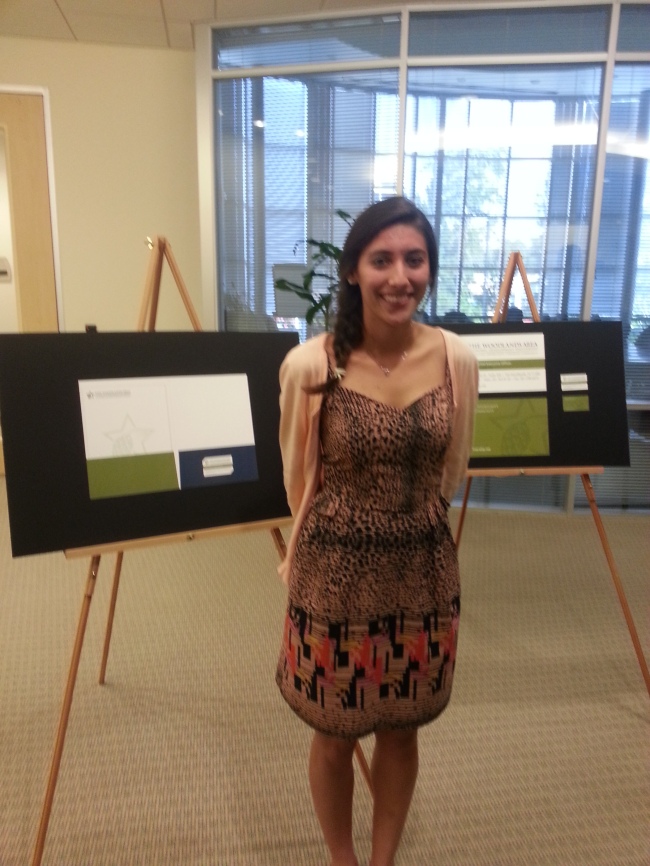

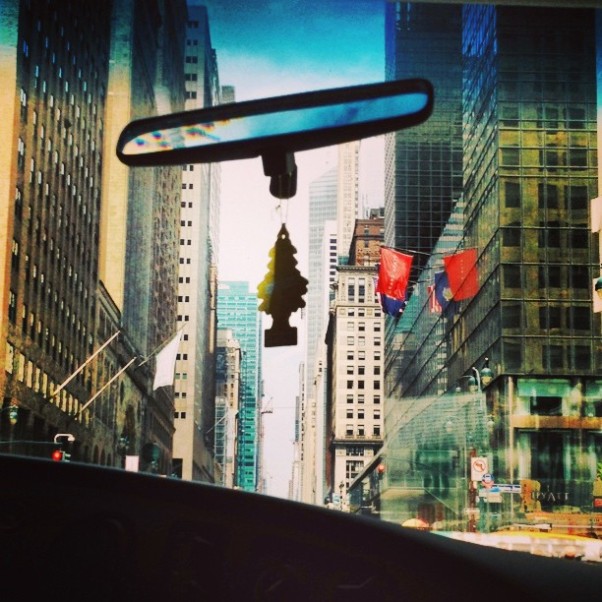
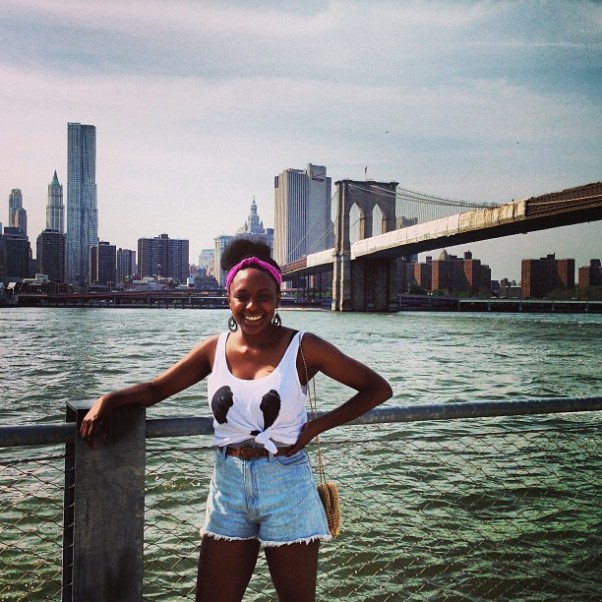
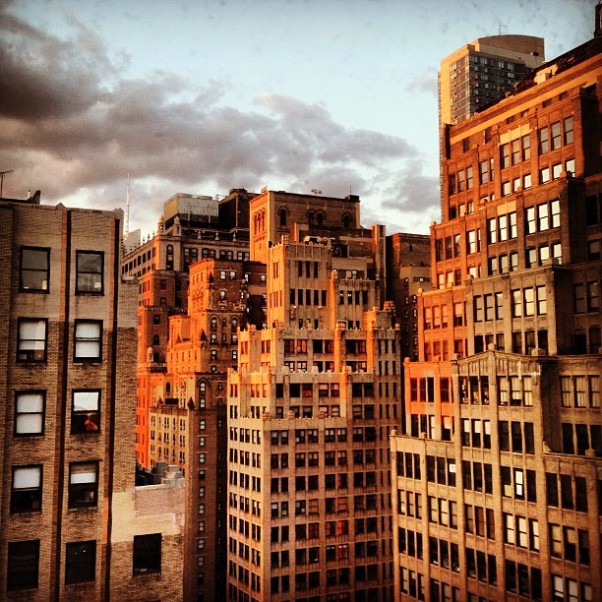
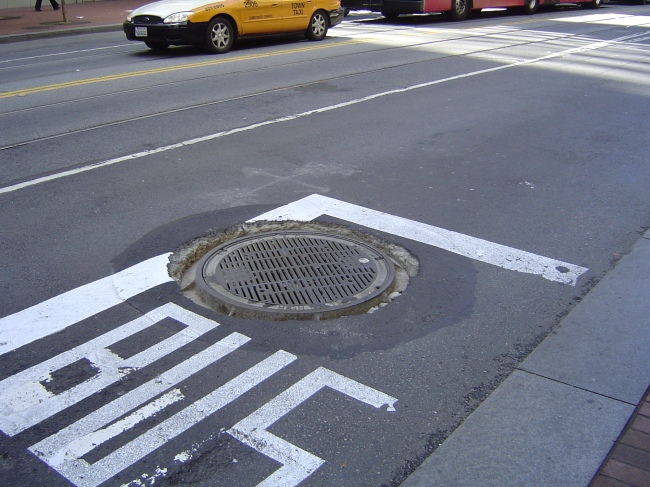
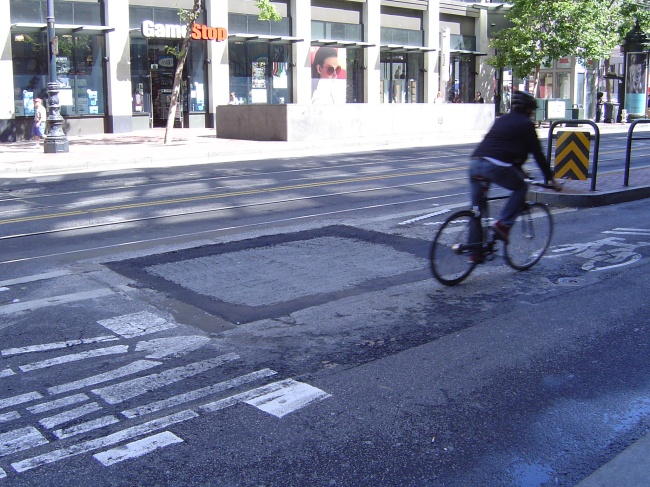
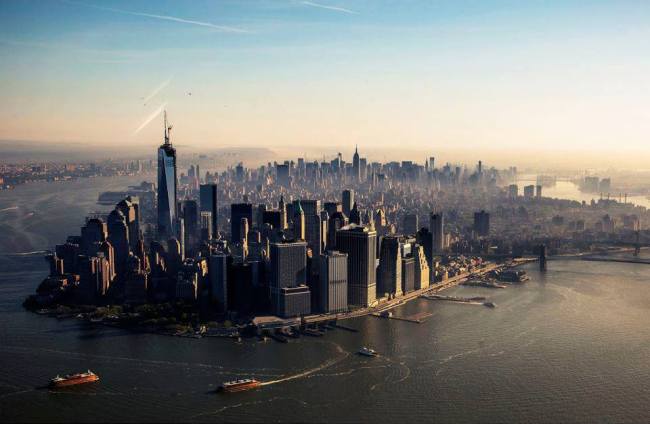
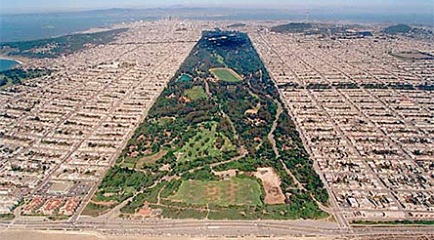
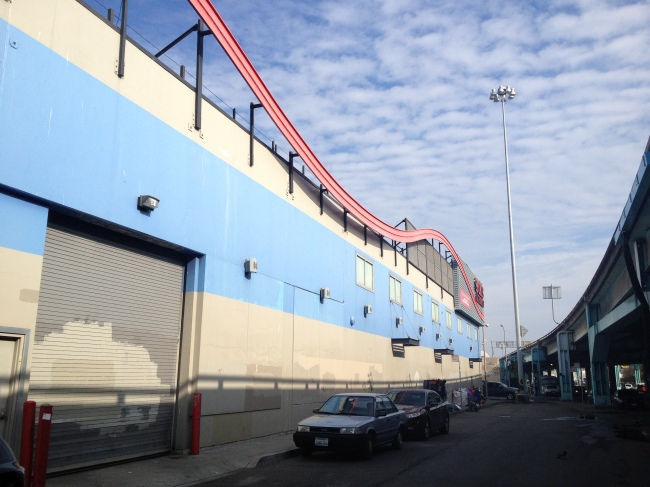
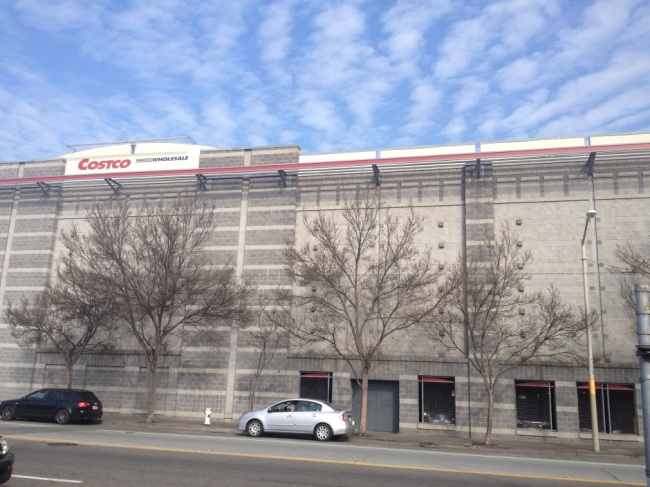
Recent Comments